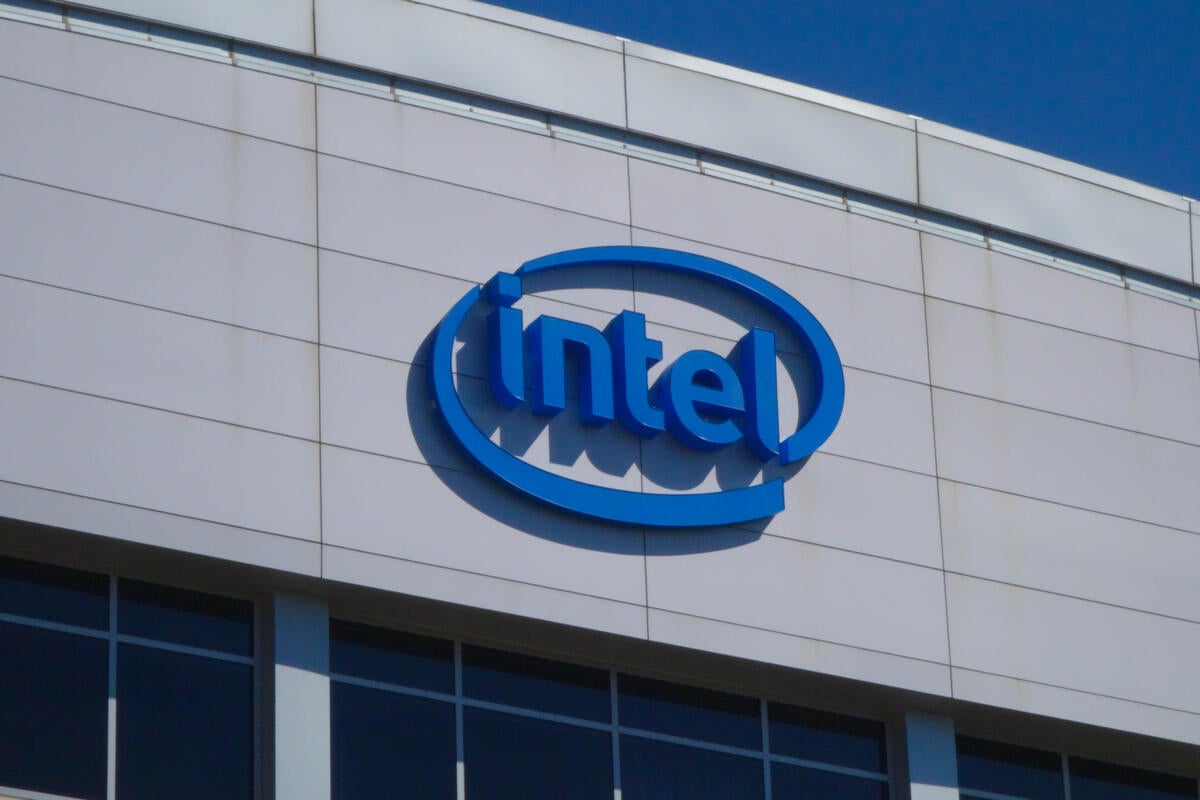A faster-than-expected recovery in sales of PC chips helped Intel post third-quarter revenue that exceeded expectations, but weakness in its data center business is a sign of vulnerability in a market where users are looking for processors that can handle AI workloads that are predicted to grow as enterprises adopt generative AI.
Overall revenue dropped 8% year over year to $14.2 billion, but that exceeded the consensus expectations of analysts, who had forecast revenue of $13.6 billion. Intel’s endpoint division, which makes chips mostly for PCs, took in $7.9 billion in revenue for the quarter, just a slight dip from the $8.1 billion in the previous year’s third quarter.
To read this article in full, please click here
A faster-than-expected recovery in sales of PC chips helped Intel post third-quarter revenue that exceeded expectations, but weakness in its data center business is a sign of vulnerability in a market where users are looking for processors that can handle AI workloads that are predicted to grow as enterprises adopt generative AI.Overall revenue dropped 8% year over year to $14.2 billion, but that exceeded the consensus expectations of analysts, who had forecast revenue of $13.6 billion. Intel’s endpoint division, which makes chips mostly for PCs, took in $7.9 billion in revenue for the quarter, just a slight dip from the $8.1 billion in the previous year’s third quarter.To read this article in full, please click here Read More Computerworld















+ There are no comments
Add yours